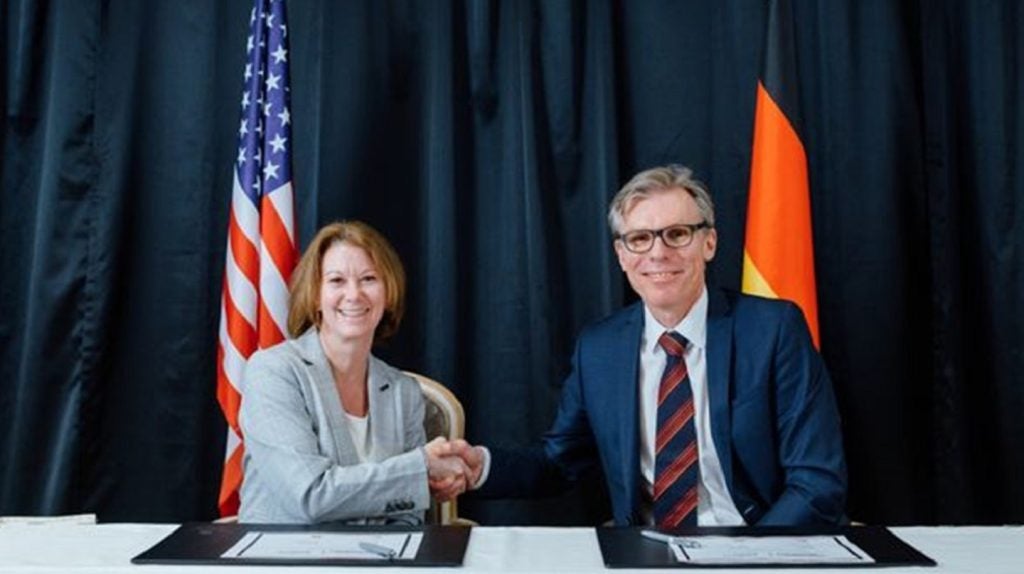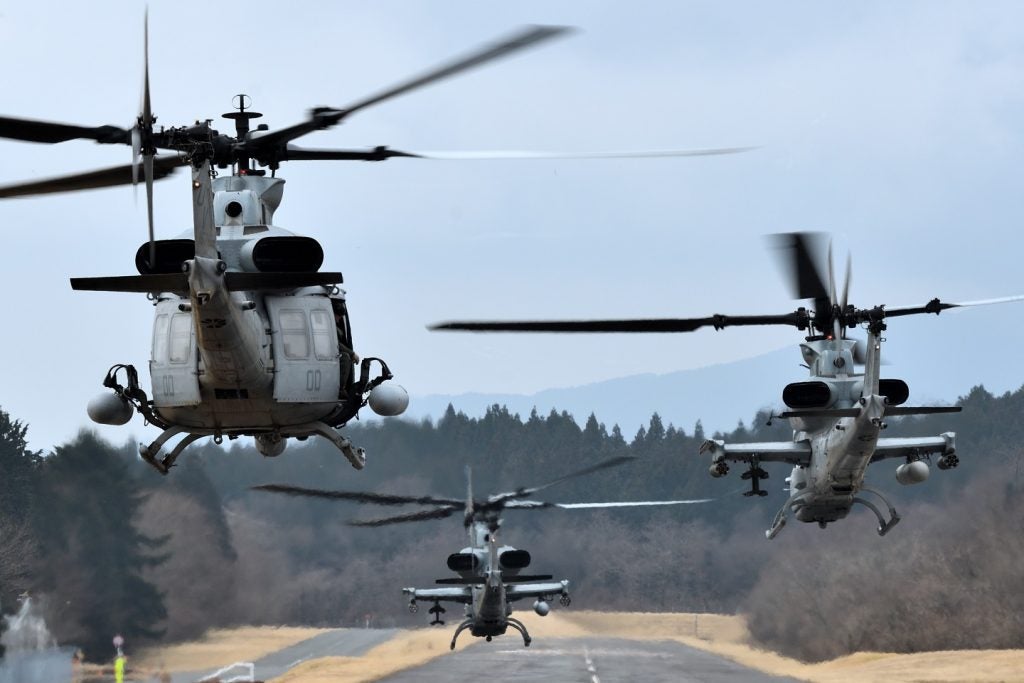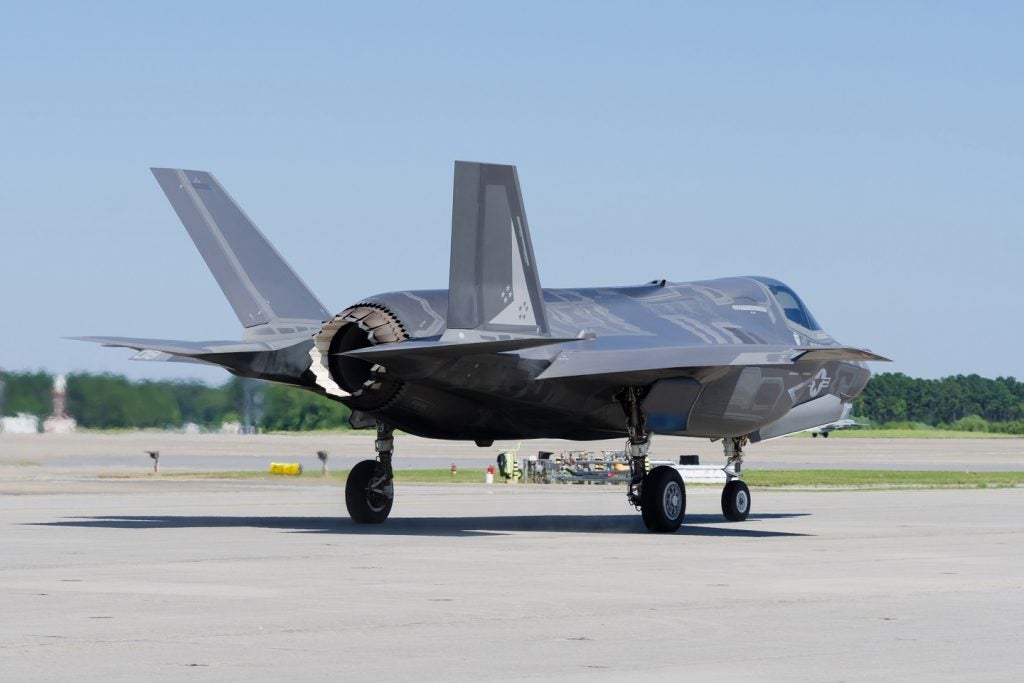A memorandum of understanding (MoU) was signed between the German missile manufacturer, Diehl Defence, and the US prime, Northrop Grumman, to explore the possibility of bringing the IRIS-T SLM ground-based air defence system into the Integrated Battle Command System (IBCS) network.
This has prompted a study to validate the common applications of the medium-range missile defence system with the multi-domain, sensor-effector network. In the case of a susccessful evaluation, the German Armed Forces will employ the integrated network, and possibly other European nations too.
IBCS was initially designed for the US Army as it connected various sensors and effectors that were never designed to work together into one command and control (C2) ‘system of systems’ platform where data is shared across the network.
This C2 platform enables the efficient and affordable integration of current and future systems, including assets deployed over IP-enabled networks, counter-uncrewed aerial systems (C-UAS), 4th and 5th generation aircraft, space-based sensors and more. It senses, identifies, tracks and defeats evolving air and missile threats, enabling multi-domain operations.
Buying European
The insertion of a German air defence system into the mix will support European efforts to indigenise EU defence industry systems. Longer term objectives were recently put forward to help boost Europe’s defence market attractiveness, with the aim of prompting Member States to spend 60% of their defence procurement budgets on European systems by 2035.
This longer-term approach to EU defence collaboration comes after a realisation that European militaries have become heavily reliant on US defence technology in recent years.
Poland alone is currently in the process of building a substantial American defence portfolio. According to GlobalData intelligence, the Central European nation is currently in the process of acquiring MIM-104F Patriot systems, F-35A Lightning II fighters, M142 HIMARS, M1A2 Abrams SEPv3 main battle tanks, AH-64E Apache attack helicopters, MQ-9 Reaper UAS, among others.
The Diehl-Northrop partnership comes just as the IRIS-T SLM has gained a growing customer base across the European continent. At the end of April 2023, the German Bundeswehr gave the system to Ukraine; the second of four systems to be donated to the country amid a costly war of attrition.
Likewise, Estonia and Latvia followed suit, with the two Baltic nations entering negotiations with Diehl Defence to jointly procure the system.
The IRIS-T SLM launcher unit is based on a MAN 8×8 truck with eight missile container launchers mounted at the rear. The arrangement of the missile container launchers consist of two banks of four missiles.
The system provides 360-degree protection against aircraft, helicopters, cruise missiles, and guided weapons. This mobility increases responsiveness – a necessary capability when facing advanced threats as Ukraine had with Russia’s supposedly ‘hypersonic’ missile last year.
It enables simultaneous engagement of multiple targets. It operates at short to medium-ranges (distances of 40km) within extremely brief reaction times (reaching Mach 3).











